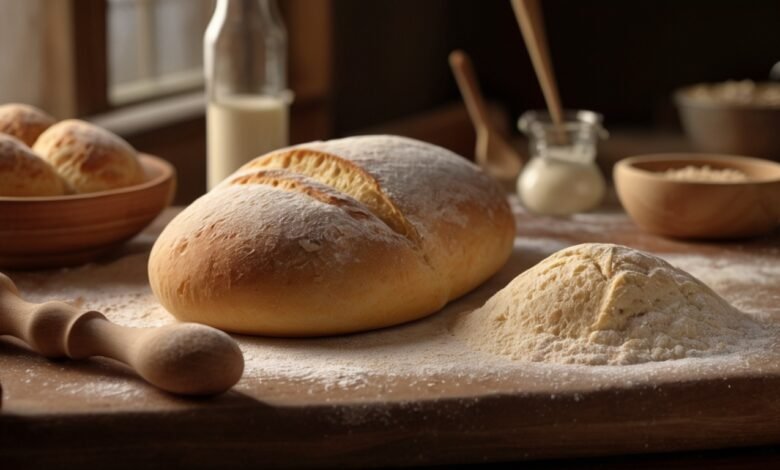Unlock the Secrets of Rising Recipes: Mastering the Art of Perfect Dough Every Time

Rising recipes are the cornerstone of countless beloved baked goods, from fluffy bread to light pastries. Understanding how to properly rise dough can make the difference between a dense, unappetizing loaf and a perfectly airy, delicious creation. This guide delves into the science and art of rising recipes, offering expert tips and insights to help you achieve baking perfection. Whether you’re a novice baker or a seasoned pro, mastering these techniques will elevate your baking game and ensure that your dough rises to the occasion—every time.
What Are Rising Recipes?
Rising recipes are those that involve leavening agents to cause dough or batter to expand and become light and fluffy. The process of rising, also known as proofing or fermentation, is crucial for achieving the desired texture and volume in baked goods. Common examples include yeast bread, pizza dough, and certain pastries.
Frequently Asked Questions About Rising Recipes
1. What Ingredients Are Essential for Rising Recipes?
To successfully rise dough, the following ingredients are typically used:
- Yeast: The most common leavening agent, yeast ferments sugars in the dough, producing carbon dioxide gas that makes the dough rise. Types of yeast include active dry yeast, instant yeast, and fresh yeast.
- Baking Powder/Baking Soda: These chemical leaveners create gas through a chemical reaction when mixed with liquid and heat.
- Flour: Provides structure and is usually the base of most rising recipes.
- Sugar: Feeds the yeast and adds flavor.
- Salt: Controls yeast activity and enhances flavor.
These ingredients work together to create the light, airy texture that defines well-risen baked goods.
Click next to read more





